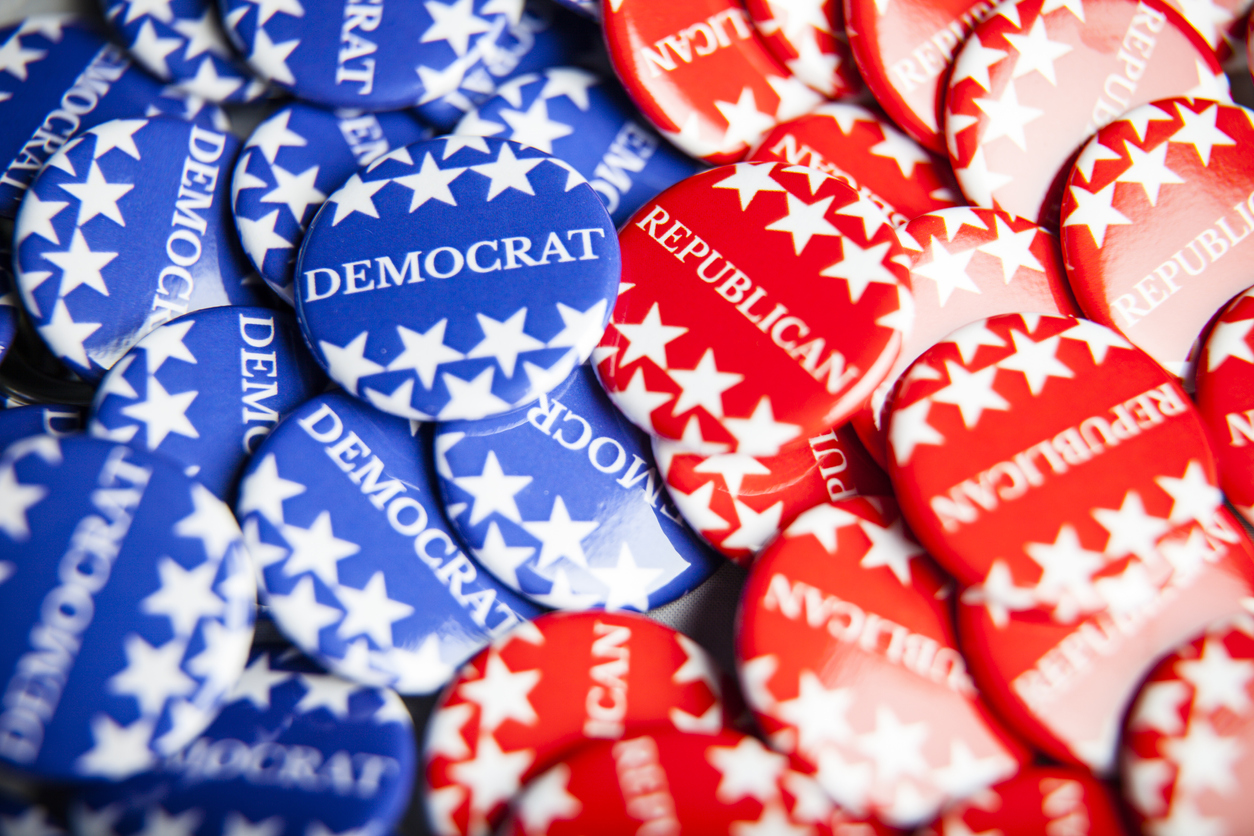Consumer Behaviour,Marketing
• 5 minute read
How Social Media Makes for Happier Families

There is a hydraulic relationship between domestic happiness and exposure to social media content opposite to our views
By David Dubois, INSEAD Associate Professor of Marketing. This article is republished courtesy of INSEAD Knowledge. Copyright INSEAD 2021
In developed economies such as the United States, the current era is marked by political divisions so deep that not even pandemic response can avoid being drawn in. Science-backed mitigation and prevention measures such as masking, lockdowns and vaccines have become dangerously ideological.
How did we get to the point where even doctor’s advice can inflame partisan passions? It likely has something to do with another type of division: between our local community – neighbours, friends and family that bring us a sense of safety and comfort – and the daily avalanche of social media content bringing us a flavour of the global sentiment. Taking political views as an example, it’s easy for citizen-consumers to believe they reside securely in the political mainstream when in the suburbs of a deep-red U.S. state or the blindingly blue island of Manhattan. But when they are thumbing through Facebook, Instagram and TikTok, the cognitive dissonance can make them fear for the state of the world.
As I describe in my recent paper in Social Psychological and Personality Science[1], this dissonance creates a kind of hydraulic relationship: Exposure to opposing views on social media makes people feel suddenly vulnerable and embattled. This drives them to seek comfort and safety locally, notably by expressing greater enjoyment in their family bonds. My co-authors and I were able to follow this phenomenon as it unfolded using a novel combination of social-media sentiment analysis and longitudinal surveys.
Shifting Sources of Well-being
Our paper looks at two especially tense periods in recent U.S. history: the eight weeks spanning the 2018 midterm elections, during which control of Congress was up for grabs, and three weeks during the first four months of the Covid-19 pandemic.

In both observation periods, we combined big data analytics and consumer surveys. We also tracked overall social media sentiment about President Trump (i.e. the number of negative posts about his leadership vs. positive ones) as the crisis waxed and waned. For the election, we presumed that as the moment of truth drew nearer and advance polls and predictions grew more reliable, the cognitive dissonance among both groups of partisans would diminish. In the case of Covid, we assumed the psychological stakes for partisans would vary depending on daily case counts.
At regular intervals during the observation period, we surveyed U.S. citizens on their political affiliation, as well as the state of their relationships with their kids and domestic partner on that day.
The three indicators – social media sentiment, psychological stakes and domestic contentment – formed patterns in accordance with partisanship. Family relationship bonds on a given day depended on the extent to which consumers’ political perceptions matched country-level political sentiment. Conservatives reported significantly greater domestic happiness on days when President Trump got clobbered on social media and anxieties ran high, either because of uncertainty about the election or a spike in Covid cases. Liberals exhibited the opposite pattern. They felt most warmly towards their families on high-suspense days when the social media chatter about the president was more positive.
To probe these results, we tested out several alternative explanations. For example, it could have been that social media sentiment about President Trump was just a lightning rod for the national mood of the moment – rather than a direct response to the words and actions coming from the White House. But when we looked at the 45th president’s social media activity, we saw that the level of negativity on his Twitter account was mirrored in the country’s social media sentiment the following week. In other words, the U.S. public was speaking back to Trump in his own register.
Implications for Business
At a time when both consumer well-being and local production are increasingly focal to brand targeting, knowing when consumers turn towards vs. away from their community in the face of political inconsistency has meaningful implications for marketers. The nuclear family, after all, is not the only possible source of validation for insecure partisans. They also routinely find support from like-minded brands (and their associated online communities).

Indeed, brands are far from immune to the political polarisation in the wider culture. We know that politics has much to do with shaping, for instance, the kinds of luxury brands we indulge in. Our findings suggest that carefully monitoring the psychological gap between one’s customer base and the dominant ideological momentum – as measured by social media sentiment – is instrumental to strengthening customer relationships, creating greater intimacy and enhancing customer loyalty.
Brands that already have a passionate partisan following, e.g. Hobby Lobby (a favourite among Trump supporters) and Nike (with its controversial campaigns featuring BLM protester-athlete Colin Kaepernick), may strengthen their support base by pressing even further into the frontlines of the culture wars.
Finally, our study has lessons for businesses searching for how to best leverage customer insights found in online data. While big data has merits on its own, its true power emerges when combined with offline, more local measures, such as local consumer well-being surveys in our case. That is, bridging both kinds of data – population-wide metrics such as national social media sentiment and more ground-level data such as the family-satisfaction surveys in our experiments – enables business executives and policymakers to fully unlock customer-citizen insights. Search-engine results for a particular region or city are another indicator of what’s on people’s minds at the local level.
Scale matters when dealing with these types of data, because global and local are neither independent nor substitutable for one another. Taken together, they may tell an unpredictable or even paradoxical story. So, when it comes to online analytics approaches, the “glocal” approach seems to be the most effective.

